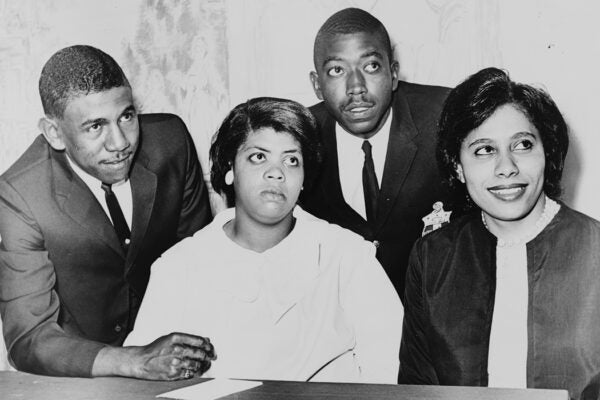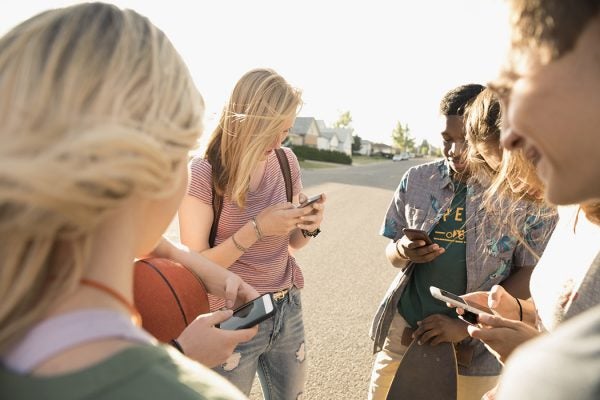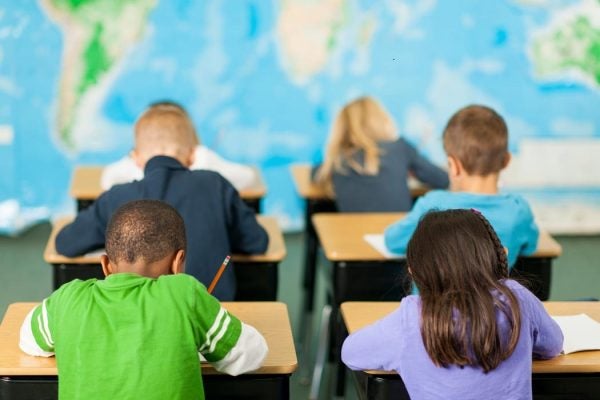Brown v. Board of Education: Annotated
The 1954 Supreme Court decision, based on the Fourteenth Amendment to the US Constitution, declared that “separate but equal” has no place in education.
The Troubles with Tracking
Educators have been debating academic tracking since the early years of the public high school.
Can Radio Really Educate?
In the 1920s, radio was an exciting new mass medium. It was known for providing entertainment, but educators wondered if it could also be used for education.
What Parkland Tells us About Teens and Social Media
While America’s parents have been wringing their hands over online safety, kids have steadily taken to social media, smartphones, and other digitally-enabled technologies to seek and promote their physical safety.
Challenges Beyond the Classroom: Poverty, Race and Educational Achievement
Levels of educational achievement in the U.S. are deeply connected with race & income levels.
The Rise and Fall of “Education for Leisure”
Where did the notion of teaching people how to spend their free time come from, and why did it disappear?





